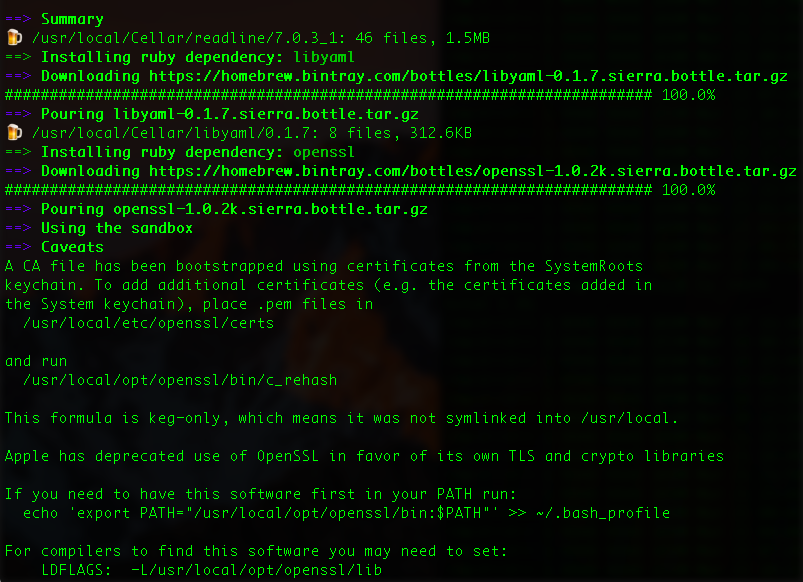
Hi there! I'm Takaya Uchida
I'm a Senior Researcher at the Climate Dynamics Laboratory, Moscow Institute of Physics and Technology.
A physical oceanographer with a flair of geophysical fluid dynamics and data science. I have a strong interest in (sub)mesoscale turbulence in the surface ocean and how it interacts with the large-scale ocean circulation and biogeochemistry. I approach the problems by analyzing big data outputs from general circulation models, idealized numerical simulations and remote-sensed observations.
Senior Researcher
Moscow Institute of Physics and Technology (МФТИ), Russia
2025-present
Assistant Research Scientist
Florida State University
(FSU), USA
2022-2024
MOPGA Postdoctoral Research Fellow
Centre National de la Recherche Scientifique (CNRS), France
2019-2022
Ph.D. - Physical Oceanography
Columbia University in the City of New York, USA
2014-2019
Summer School - Turbulence Theory in Climate Dynamics
École de Physique des Houches, France
August 2017
B.E. - Ocean Engineering
The University of Tokyo, Japan
2010-2014

Richards, C., B. Ervens, C. Parmesan, P. Amato, C. Andrade, G. Asatryan, ..., T. Uchida & others. Multidisciplinary science funding is more than ever a planetary priority: Reflections from the Make Our Planet Great Again (MOPGA) program. Proc. Nat. Acad. Sci.
Uchida, T. Analysis of Island-trapped Waves off the Izu-Islands. B.E. Thesis. 2014.
Uchida, T. Introduction to Dynamic-Mode Decomposition. COAPS seminar series. Apr. 2024. FL, USA.

xwavelet
xwavelet is a Python package for taking the continuous wavelet transform on xarray and dask arrays. It keeps the metadata of the original dataset and provides a clean work flow.
xrft
xrft is a Python package for taking the fast Fourier transform (FFT) on xarray and dask arrays. It keeps the metadata of the original dataset and provides a clean work flow of FFT.
xomega
xomega is a Python package for inverting the generalized Omega equation given the right-hand side of the equation. It solves the inversion in Fourier space and provides an efficient work flow.
oceanmodes
oceanmodes is a Python package for linear quasigeostrophic normal mode analysis given the background state of velocity and density profile.
